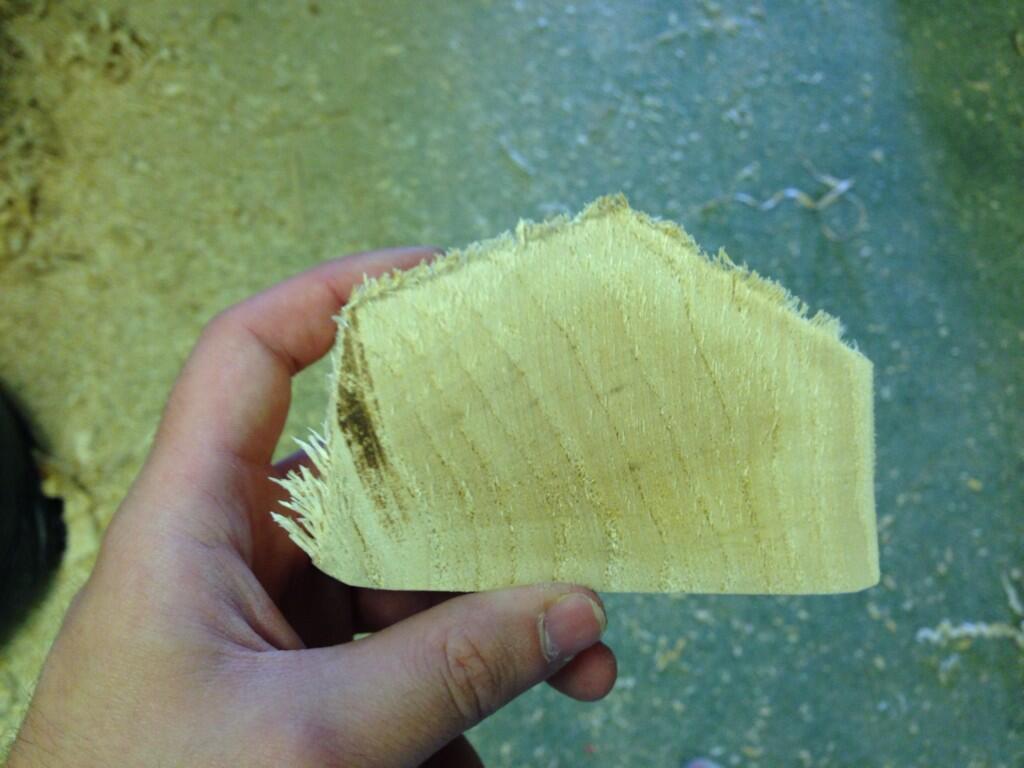This is mainly aimed to the bat makers and brands that deal directly with the clefts and do not get part-mades in.
What I'm interested in, is how companies dry their clefts and also how long they do the process for? It seems this is the most important part in making a 'big' bat for the weight and that's basically removing most of the moisture within the bat which ultimately takes the weight out of the cleft.
Obviously the cleft has natural properties to take into account, however the picture below is of a cleft that I have recently cut the ends off and you can see the moisture within the middle of the blade still - this blade was purchased from a supplier about a month and a half ago which is meant to be air dried to the perfect moisture content, which also this cleft has been in the workshop in a fairly hot room.

So what I'm asking - is what's the best way in getting the moisture out of the middle of the blade? As it seems going by this picture the cleft is dried around the edges but there's a lot of moisture within the middle of blade of which the bat is going to be made from and this is where all of the weight is. I'm aware the bigger boys have big dehumidifiers and things like that(which GM state that the willow takes 18-21 days for the bats to come down to the right moisture content in the kiln) - but it would also be interesting to find out how the Indian brands dry their clefts as they mainly come over and they are very dry bats.
So would it suggest that using a(industrial sized) dehumidifier is the best way to get the moisture out of the middle of the blade? As I have tried drying a number of clefts in different ways, but the ways that I seem to dry them means that the drying process is really only getting to the outer edges of the blades and not hitting the middle of the blade.
Any thoughts are appreciated

 Author
Topic: Drying clefts / Moisture content in willow / How to get a big bat (Read 3661 times)
Author
Topic: Drying clefts / Moisture content in willow / How to get a big bat (Read 3661 times)
